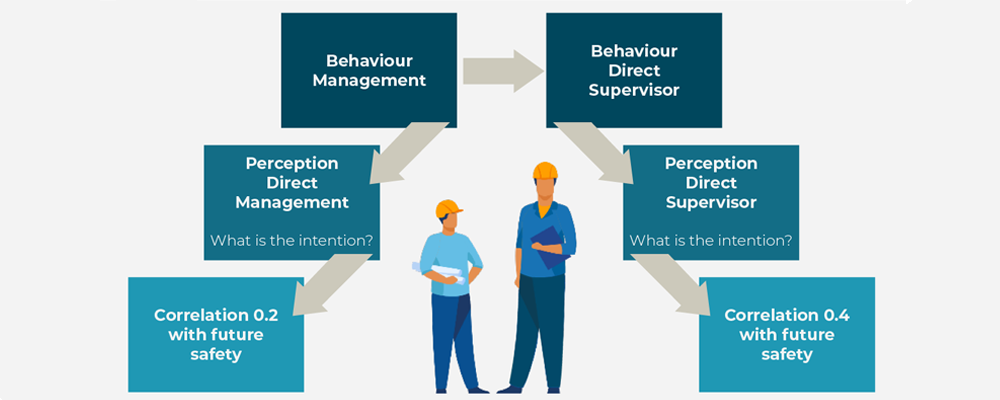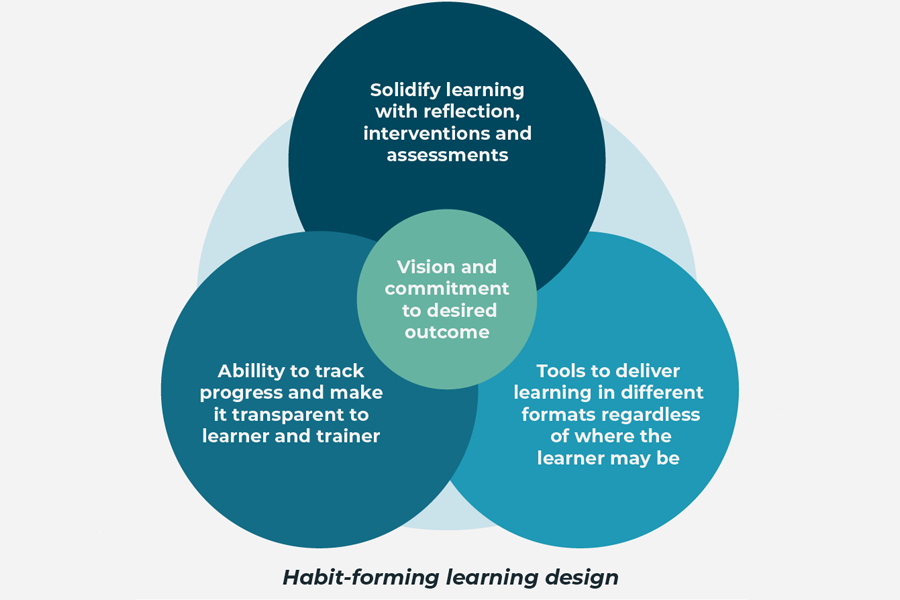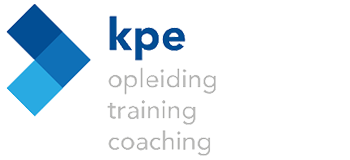KPE

Research has evidence to support that 90% of the accidents at construction sites are caused by human errors, largely due to human behaviour.
Through this customer story, we’ll learn all about how KPE, a training provider in the construction and real estate industry, was able to prevent and control behaviour among site workers.

Risk awareness and safety attitudes
Back in the 1900s, Walter Cannon discovered the human body’s acute stress response. When faced with a dangerous or unexplained situation, your body and mind immediately respond to the perceived threat. In today’s day and age, such innate responses aren’t effective (given that we’re no longer cavemen!) and could very well have negative side effects.
When it comes to the construction industry, site workers are often unaware of danger or their awareness is overridden by other factors, such as herding behaviour. Furthermore, a survey reveals that 25% of all construction employees routinely accept risk-taking as a normal part of their work.
As a result, training is the best recourse — a good way to make people aware of risks and condition them to improve their attitudes towards safety. Meanwhile, it has become the norm in the construction industry to provide site workers with mandatory training aiming to improve the knowledge of safety risks. However, research has it that this kind of training provides little to no improvement in safety behaviour.
Assessing risky behaviour
4.5% of the workers in the construction sector were involved in an accident (CBS 2020). This amounted to 19 fatal accidents in 2020. That’s 19 too many.
What is needed to lower the amount of dangerous situations, besides setting up rules and regulations around construction sites? The key lies in increasing awareness to adapt behaviours around immediate surroundings, over-estimations, and so on. Then, providing workers with the right type of training, with diverse learning activities and interventions, so they are able to recognise and watch out for risky behaviour. That’s what KPE’s solution is all about.

Brain Based Safety: Building on safe behaviour
KPE adopted the Brain Based Safety theory which was found by Juni Daalmans. At its core, it promotes safety by increasing safe behaviour. The concept is fairly new because scientists only recently have been able to look inside the brain while someone is carrying out assignments. For example, we can see what happens if you perceive a risk or do something dangerous. This knowledge has led to a new development process that is in line with the latest views on safety.
One of the key messages is that behaviour is only, to a limited extent, driven by conscious processes. Learning and changing isn’t just achieved by talking about it but, rather, by doing it together.
“99.8% of what our brain does is unconscious.”
The Brain Based Safety learning journeys uses both synchronous and asynchronous learning through physical meetings, practical assignments and KPE Online, where everything comes together. On KPE Online, participants will find interventions such as e-learnings with audio support (via Articulate), assignments, videos, tests, documentation and more. By using a combination of these interventions, direct application in the work environment is stimulated and a rich learning environment is created.

The learning journey as shown here is designed for each target group separately
This training is designed for ‘first-line supervisors from the construction industry’ and the content is adapted to that. An important factor here is that this target group has a major influence on the safety behaviour of construction site employees.
Therefore, training the first-line supervisors has an indirect influence on their working behaviour.

Tracking learning outcomes through competency blocks
Throughout the learning journey, KPE made sure that there is a focus on both common outcomes and personal learning objectives. How did they do this within the learning platform?
Towards the beginning and the end of a competence block, participants take a test which will not be graded. This allows them to see how they progress over time. By gaining this insight, they can choose to give more attention to certain competences or to go through them again!
Eventually, the learners conclude each block with a reflection on the competence and then apply it in practice. Firstly, they do this by talking to a construction site employee they supervise. Secondly, they reflect on this themselves. Based on the outcome and their learning needs, the participant formulates a SMART goal on which they want to focus on.
Focusing on the right people
Within the construction industry, it is important for workers to identify and assess risks through continuous training. Usually, having a multi-generational workforce makes it tricky to develop learning and development programmes that are suited to different learning styles and technological abilities.
For KPE, their objective was simple—data revealed that training with interventions significantly improved training transfer. So, they decided to keep things easy and simple to understand, while their workers were encouraged and guided well.
In order to optimise the user experience, personalisation and customisation is enabled for every organisation and participant.
Each business unit within an organisation has its own course structure and layout— ‘these customisations can be adapted to the organisation’s house style. Personalised dilemma videos are powerful tools. In such videos, relevant dilemmas are depicted in which colleagues of the organisation are featured. Consequently, this builds some recognition among the participants, which makes it easier to apply the theory.
Additionally, the learners are asked to submit their own photos or videos for various assignments. This also supports the development of digital skills.
The blocks in the template are divided by competence and do not have a fixed structure, which makes it possible to use the blocks separately and in any order. This gives the trainer the opportunity to directly respond to the learning needs.
Apart from the separate use of the blocks, there is also a connection between these blocks with the help of the ‘biases’. These show that per practical situation, different competencies can be used.

A recipe for success
KPE relied on Brain Based Safety to design training programmes targeting specific roles within an organisation. This was to ensure all workers were equipped with the desired level of safety competence.
The future
Training for startle situations could prevent a workplace disaster from occurring in the future. It is a powerful mental force, but it has two defences that every worker can develop: confidence and competence.
KPE’s evidence-based training programme relies on reflection and reinforcement, which can effectively address real-time safety issues that crop up.
Brain Based Safety is the validated philosophy with which construction companies can safely climb the Safety Culture Ladder. The ultimate goal is clear: to create a safe working environment for all involved. And with the right tools, safe behaviour is just a learning journey away.
